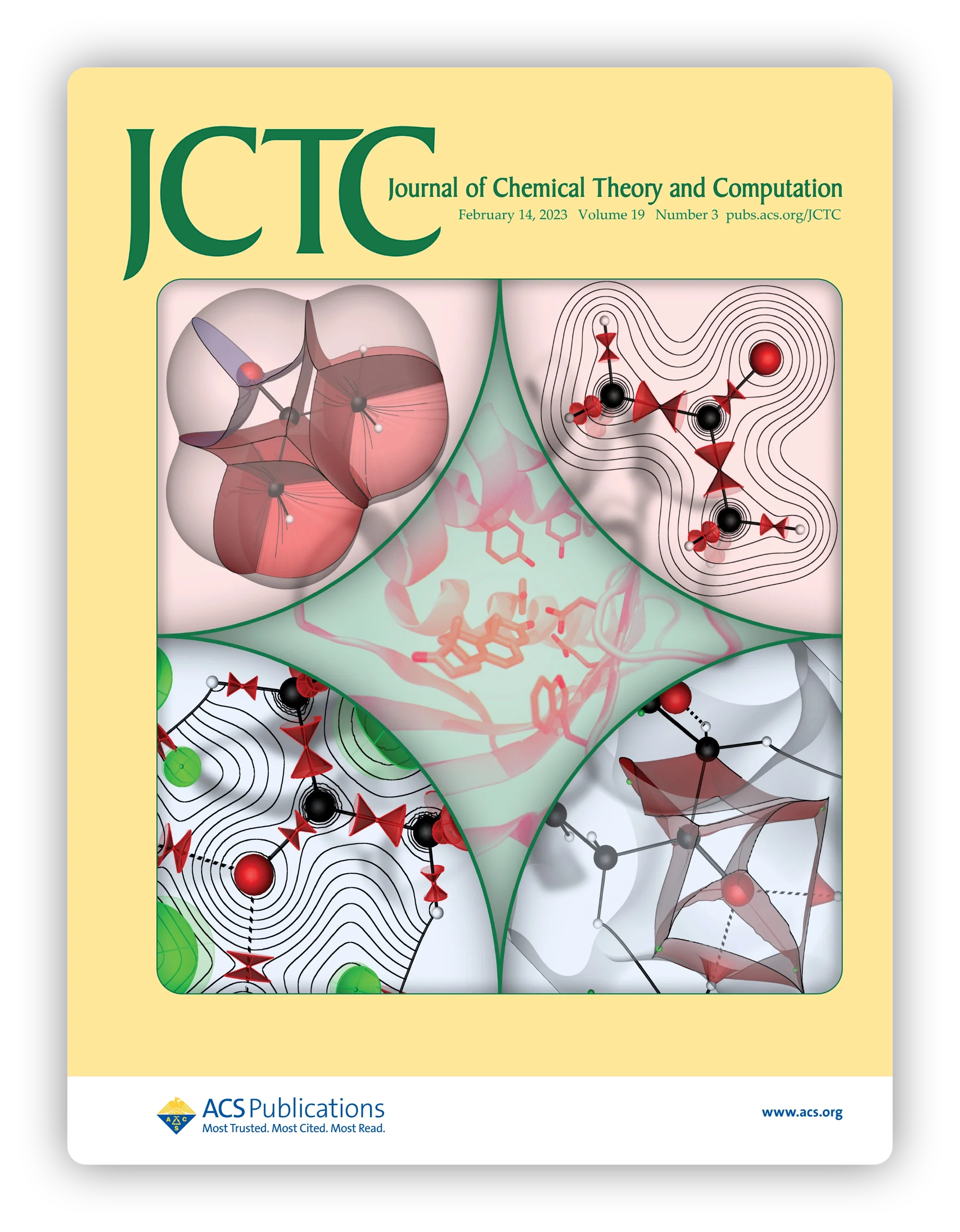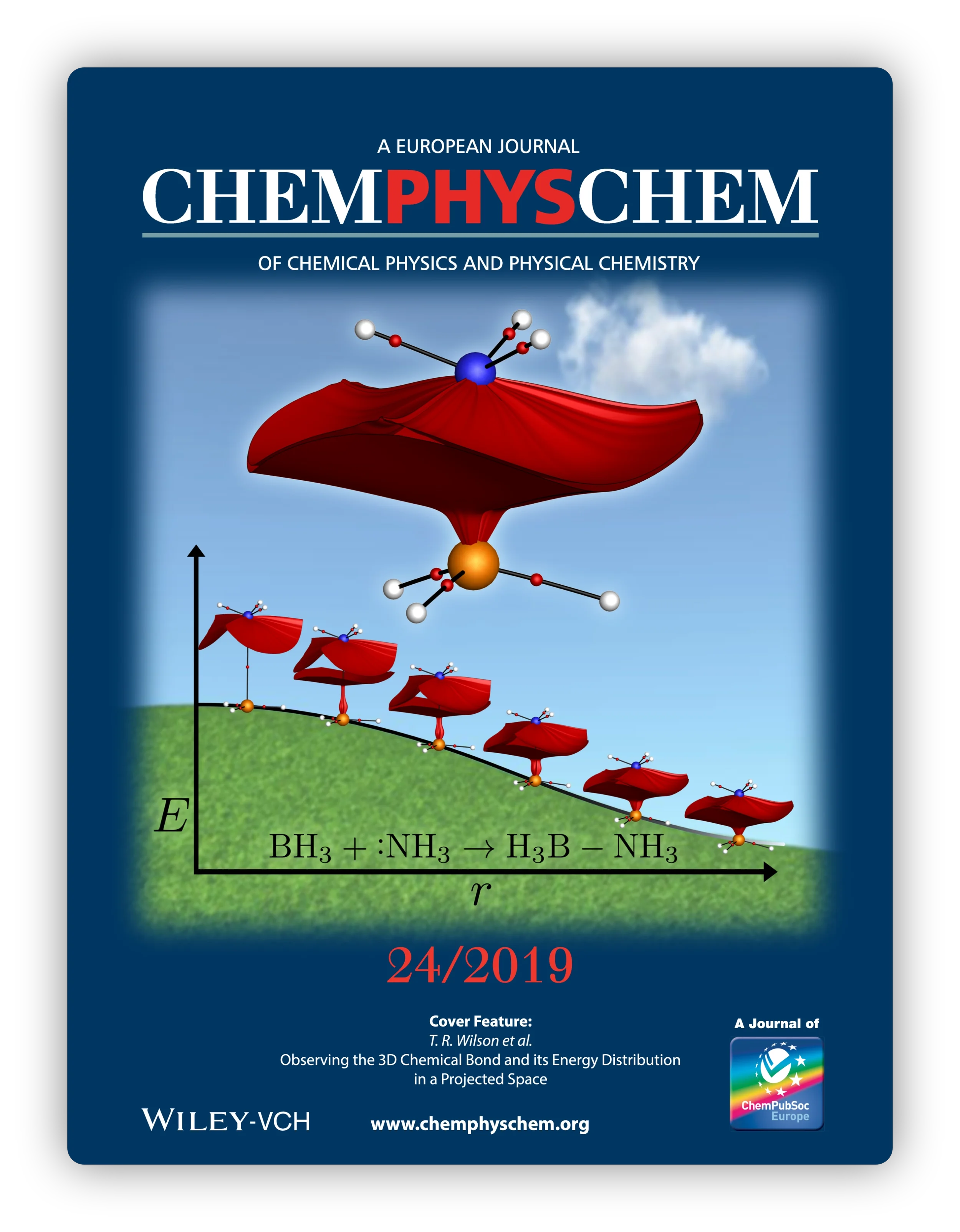Design begins with visualization
From electron density to decisions—guided visualization turns first-principles (DFT & Xray) electron density data into decision-ready guidance for complex materials and molecular design (e.g., alloys, catalysts, and artificial enzymes)—what to change, where, and why.
What We Do
VISUALIZE CHARGE DENSITY WITH INTENT.
Convert voluminous tables and fields into interpretable maps tied to strength, reactivity, and transport.
ANALYZE STRUCTURE → PROPERTY.
Quantify how local electronic substructures drive global behavior.
GUIDE DECISIONS.
A workflow and (ultimately) an expert system to walk you from simulations/measurements to ranked interventions: alloying, processing, functional group changes, field control, etc.
Why This Matters
Groundstate properties derive from the electron charge density. We partition that density into rigorously defined differential gradient bundles and bond bundles, exposing descriptors that correlate with mechanical, catalytic, and reactive performance.
The result: first-principles feedback a designer can actually use.
Two organizations, One Mission
First-Principles Innovations encompasses FPQD + FPMDS.
First-Principles Quantum Design (FPQD)
Product company (SBIR applicant) delivering advanced visualization, analysis, and guided workflows for charge density-driven design.
First-Principles Materials Design and Software (FPMDS)
501(c)(3) providing open tools, training, and community resources for researchers and educators.
Selected Research Supporting the Work
2025 • METHODS FOR THEORETICAL TREATMENT OF LOCAL FIELDS IN PROTEINS AND ENZYMES
2023 • UNICORNS, RHINOCEROSES AND CHEMICAL BONDS
2022 • BOND BUNDLE ANALYSIS OF KETOSTEROID ISOMERASE (SUPPLEMENTAL INFO)
2019 • OBSERVING THE 3D CHEMICAL BOND AND ITS ENERGY DISTRIBUTION IN A PROJECTED SPACE (CORRIGENDUM)







